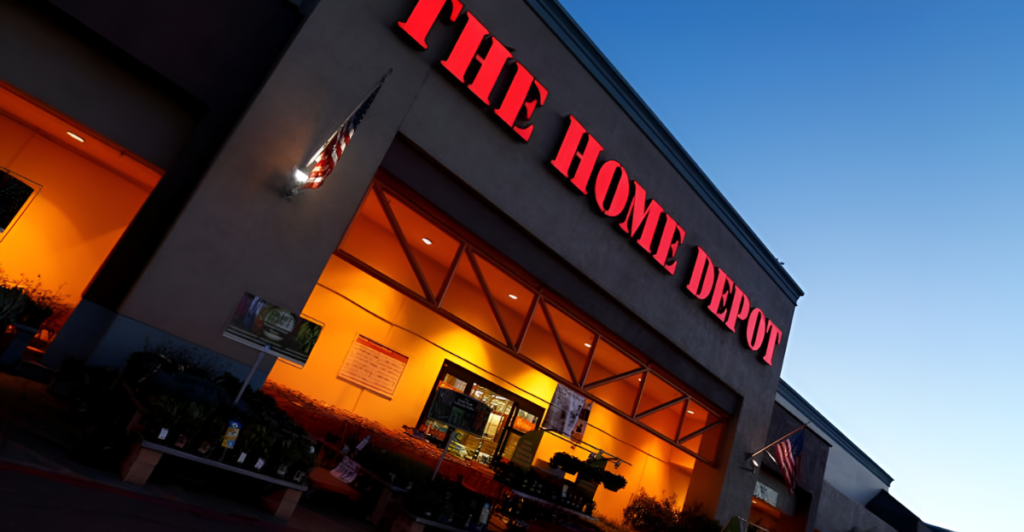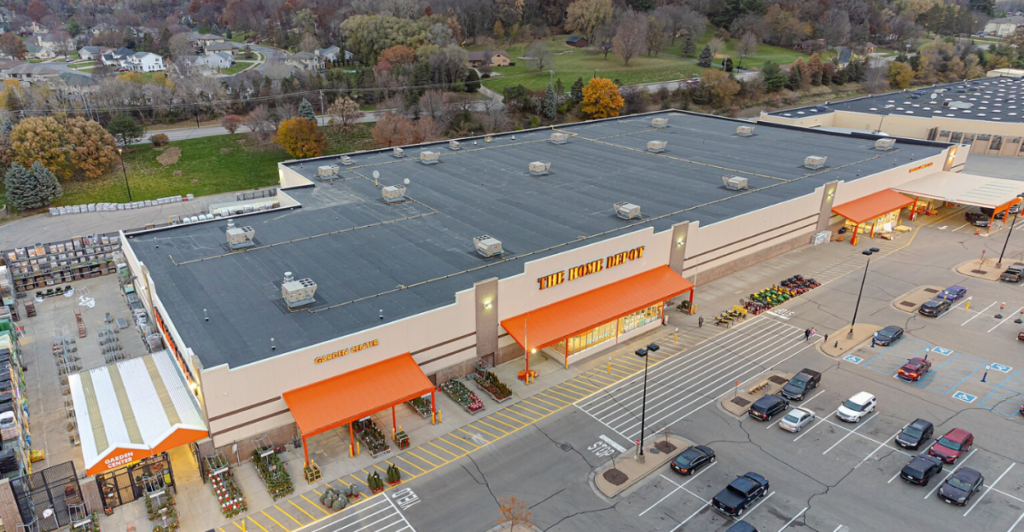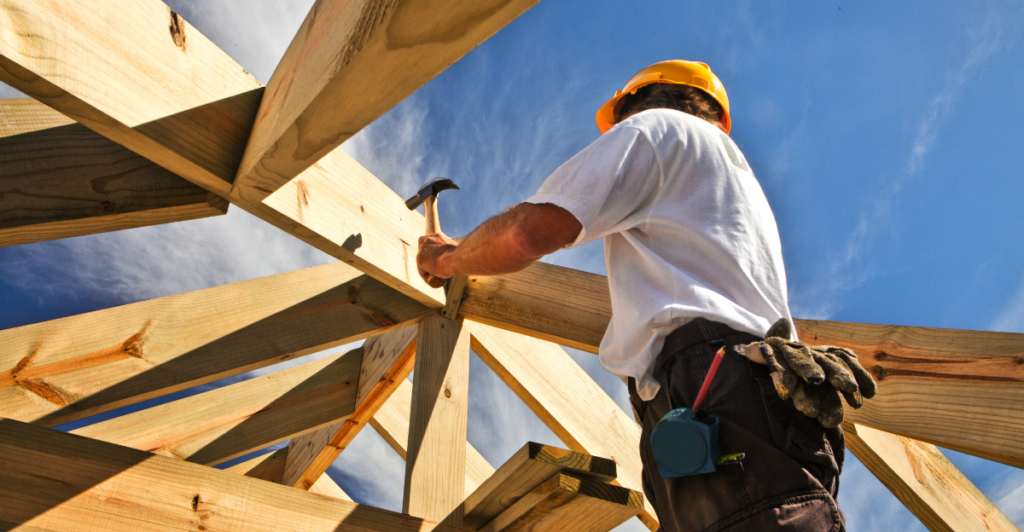
In the ever-changing battlefield of retail, few rivalries run as deep — or as fiercely — as Home Depot vs. Lowe’s. And just when it seemed like the dust was settling, Home Depot decided to shake things up.
With a bold move that’s equal parts strategy, gamble, and just plain bluster, the home improvement behemoth is barreling ahead with a huge store growth initiative that is specifically targeted at outpacing its longtime rival.
But in an environment where online is king and big-box is more risk than certainty, is the moment finally here to double down on brick and mortar? Let’s deconstruct the warpath.
A Shrinking Retail Landscape

Retail has transformed. Stores are closing all over the nation, and the ones that remain are grasping for survival. The pandemic did more than change the way consumers shop — it changed the entire landscape.
Small businesses failed. Giants snapped up assets. And retailers today are attempting to accomplish more with less. The home improvement industry remains firm.
But even there, price wars and razor-thin margins rule. Home Depot understands that it can’t count on old success. And that means literally building more stores.
The Post-Pandemic Homebody Boom

When COVID struck, Americans stayed in — at home. Home improvement projects accelerated. Cooped up inside, people got tuned in to to every groaning floorboard, every dripping faucet. And Home Depot?
It supplied the solution. From 2020 to 2022, Home Depot added a staggering $40 billion in revenue. That kind of growth doesn’t go unnoticed.
It’s no wonder Lowe’s has been chasing its tail trying to catch up. But with lockdowns long gone, can that homebody momentum hold up?
Lowe’s Fires First — Billion-Dollar Power Play

Just days before Home Depot’s big reveal, Lowe’s dropped a bombshell of its own — a $1.3 billion acquisition of ADG, a company focused on professional interior remodeling.
The message was clear: Lowe’s is shifting focus toward professionals, the backbone of the remodeling industry.
The move could give them stronger relationships with contractors and tradespeople — a group Home Depot has been courting. It was a smart play. But was it bold enough?
Home Depot’s Counterpunch — More Stores, More Jobs

In its wake was the Home Depot counter — and it isnt’ a small step. The chain indicated it would open 13 stores in 2025, a big jump for a company that has been adding them incrementally over years.
Eleven of them will be in rapidly growing areas such as Texas and Florida. Those areas experienced phenomenal post-pandemic population growth.
Home Depot views them not only as opportunities — but as turf. And the retailer isn’t simply creating aisles; it’s putting money into hundreds of new jobs at every location.
Placing Bets on Brick-and-Mortar

During an era where most retailers are withdrawing physical stores, Home Depot is doing the exact opposite. It’s a dangerous gamble. Online shopping reigns supreme, and shoppers have never been more astute about hunting bargains.
But Home Depot thinks that physical stores still possess a vital advantage, particularly when it comes to heavy, bulky home improvement equipment that consumers like to see before they purchase. But the question remains: is the growth brilliance or folly?
The Pro Game — Where the Real Money Is

Home Depot is no longer focused on weekend warriors. Its biggest growth has come from pros — the contractors, builders, and tradespeople who make up bigger, recurring transactions.
That’s why that $18.25 billion SRS Distribution acquisition earlier this year wasn’t just big, but strategic. SRS deals with roofers, landscapers, and other folks in the trades.
Home Depot wants to be their destination. And this store expansion? It’s designed to do it better, faster, and closer to home.
What the Numbers Say

No shot in the dark. Home Depot executives are taking bets on numbers. They figure that in some markets there is a boom — and that pros need easy access to materials. Even during hard times, spending on home improvements has been comfortingly consistent.
And although the margins are thin, volume is the driver. More stores, greater reach. An easy math formula, but one in which there is little tolerance for mistakes.
The Race to the Bottom? Or the Top?

Here’s the paradox: while Home Depot builds, many retailers are shrinking. We’re seeing what some call a “race to the bottom” — where prices drop, profits vanish, and only giants survive.
But Home Depot isn’t playing defense. It’s playing offense. Still, if Lowe’s gets more strategic and continues targeting professionals with precision?
This war could turn into a long-term tug-of-war. And customers? They’ll benefit from the benefits of the back-and-forth in prices and service, if the companies play it smart.
Who Wins the War?

So, who comes out on top? That’s not so easy to call. Home Depot has the scale, the capital, and the strategy. Lowe’s has speed, focus, and a few clever plays up its sleeve. What’s clear is that neither company is standing still.
This is not just a war of stores — it’s a war of strategy, timing, and guts. And in the store business, there’s no room for blinders. One thing is for sure: this war is far from over.
Discover more DIY hacks and style inspo- Follow us to keep the glow-up coming to your feed!

Love content like this? Tap Follow at the top of the page to stay in the loop with the latest beauty trends, DIY tips, and style inspo. Don’t forget to share your thoughts in the comments — we love hearing from you!